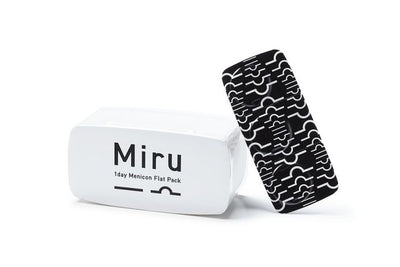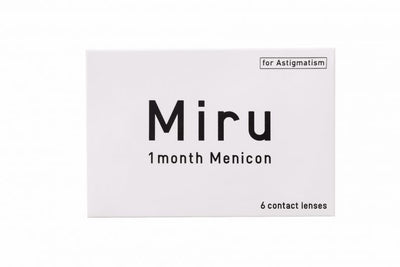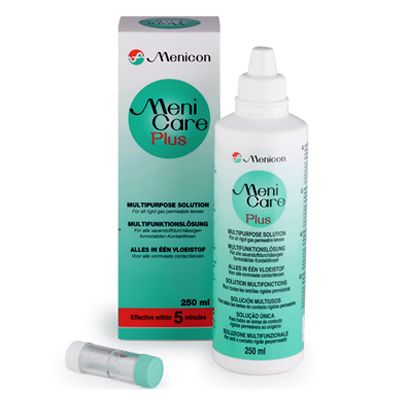Menicon
At barely 1mm thick each foil blister pack is designed to minimise lens handling so contact lenses can be worn with confidence and comfort.
Easy to open
Unique soft easy peel foil
Easy to find
No searching for the lens in solution
Easy to apply
The right side up guaranteed
Easy to wear
Single use lens, wear once and throw it away
Convenient lens storage case
The thoughtfully designed ultra-slim, lightweight flat pack packaging is easy to store taking up little space. It's especially great when travelling or for sport, and comes with a convenient 30 lens storage case.
Miru 1month, a unique technology designed to meet the demands of today's contact lens wearer.
MeniSilk™
Unique silicone polymerization, innovative hydrophilic monomer
• Ultra high Dk/t
• Exceptional hydration
• Optimized transparency
NanoGloss™
Unique surface technology, nanometer precision
• Super smooth surface
• Resistance to bacteria
• Excellent wettability
1 day contact lenses
1 month contact lenses
Contact lens care
If you experience discomfort or pain while wearing contact lenses, it is a sign that you should remove the lenses from your eye immediately and consult your eye care professional.
This will never happen. Sometimes a contact lens can slip onto the white of your eye, so gently push it back onto the cornea. If it seems like the lens is on your eye but you can't remove it, contact your eye care professional or go to an emergency eye care center for help.
Menicon rigid gas permeable contact lenses should be replaced every 18 months.
When choosing the most suitable type of contact lenses for sports, several factors should be taken into account, such as how regular the sports are, environmental and physical characteristics, contact or extreme sports, and the required range of body movement.
Keratoconus is a disease in which a conical volume forms in the cornea, usually it occurs at puberty, the process progresses slowly and can stop at any age. Both eyes are always affected. Due to the conical shape of the cornea, the patient complains of worsening vision, often having to change glasses, because progressive myopia or nearsightedness with astigmatism develops. As the disease progresses, the patient cannot wear contact lenses, vision worsens and does not respond to glasses correction.
Initially, glasses are used to correct keratoconus, but since it is not possible to obtain sufficient quality of vision with glasses correction, the eye doctor may offer contact lens correction.






